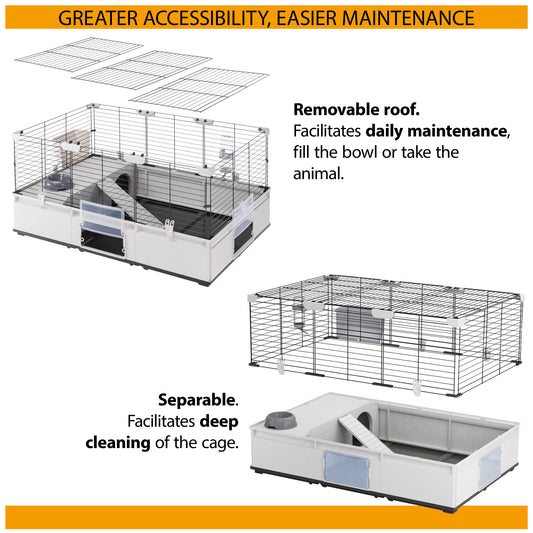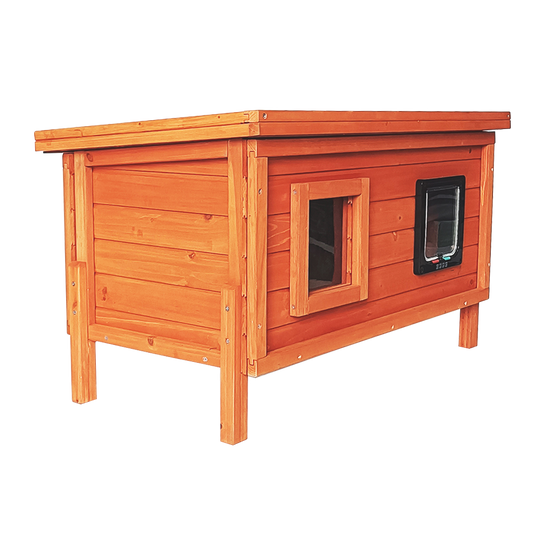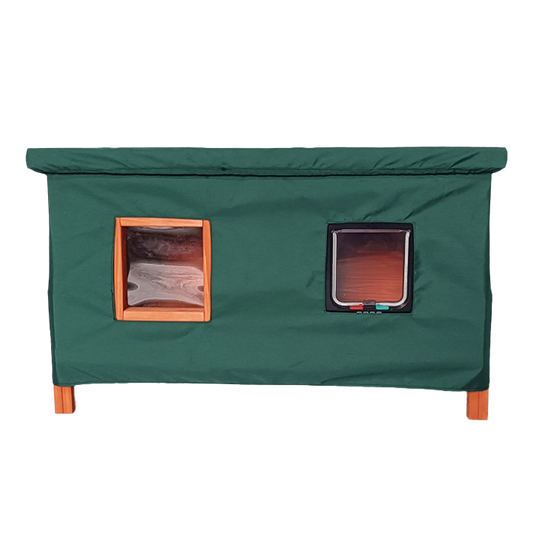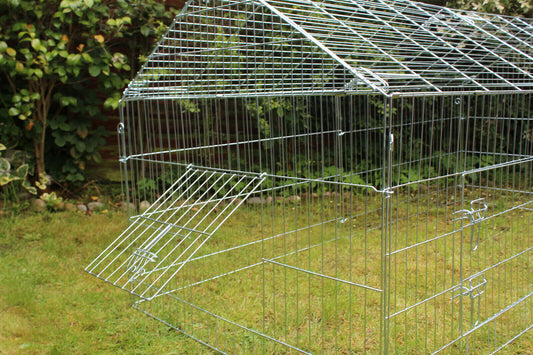If you have an active, healthy cat that has access to at least one scratching post, it is unlikely that you will need to be involved in their claw care. Cats are experts at keeping their claws in peak condition – this might be evident in your home if your furniture is covered in scratches! Cat claws are important for climbing and defence, which is why the procedure of declawing (the surgical removal of claws) has been banned in the UK as part of the Animal Welfare Act 2006.
However, some cats – particularly older and less active ones – may need help keeping their claw length under control. Cats with arthritis for example might not be able to retract their claws properly or find stretching to scratch painful.
It’s important that cat owners check their pet’s claws regularly as if they are allowed to get too long they can become uncomfortable or even painful. If not kept short by scratching or trimming, cat claws will keep growing and may start to curl back into a cat’s toe or paw pad. If this happens, it will be very painful for a cat and make walking difficult.
How can you tell if your cat’s claws are too long?
Cats have retractable claws on their front feet and in a relaxed position they should be hidden by the skin and fur around the toe pads. Retracting claws helps to keep them sharp as they do not get worn down by the ground and it enables cats to walk silently when stalking prey.
If you can see your cat’s claws clearly when they are resting, they may need trimming. Also, if you notice that your cat keeps snagging its claws on furnishings or carpets, or you can hear its claws tapping on the floor while walking, they probably need clipping.
Don’t worry if you find what looks like cat claws in areas where your pet likes to scratch. It is most likely you’ve found an old claw sheath which your cat will have shed when scratching to keep their claws in good condition.
How to clip your cat’s claws
If you do need to cut your cat’s claws, make sure you have a good pair of clippers specifically designed for the job. Human nail clippers are not suitable for use on a cat as they can cause the claw to split, which is painful. Arm yourself with some tasty treats as an incentive and, if you can, recruit another pair of hands to help you.
- Choose a time when your cat is relaxed.
- Get your cat into a position where they feel comfortable and secure and hold them firmly. To prevent unwanted scratches, it might be best to wrap your cat in a towel with one leg exposed at a time.
- Hold your cat’s paw between your finger and thumb, and gently apply pressure until you can see their claws.
- Clip only the very tips to start with so that you avoid the quick. This is the blood vessel and if you cut it, it can cause pain and bleeding.
- Give your cat a treat after each clip so that they begin to build a positive association with the experience.
- Don’t attempt to clip all the claws in one session. It will be easier for you and less upsetting for your cat if you do it over a few days.
- If your cat becomes anxious, stop clipping. Try another time or ask your vet to help.
Cutting the quick
It’s a good idea to have some styptic powder (a fast-acting coagulant) to hand to stop the bleeding if you accidentally cut the quick. Simply wet your finger, dip it in the powder and put pressure on the bleeding claw for at least ten seconds. If the claw continues to bleed, repeat the procedure until it stops.
If you don’t have any styptic powder, corn starch works well as an alternative and can be applied in the same way.
Avoid claw covers
Don’t be tempted to cover your cat’s claws with anything, such as claw covers that are advertised as being a kind way to protect your furniture. Scratching is a natural behaviour for cats and you should not prevent them from being able to engage in it. In addition to this, covers on the claws can be very uncomfortable and can cause a cat to become stressed. With claw covers on, cats are unable to retract their claws and unable to groom themselves properly.
If you found this article interesting, you may like to read:









